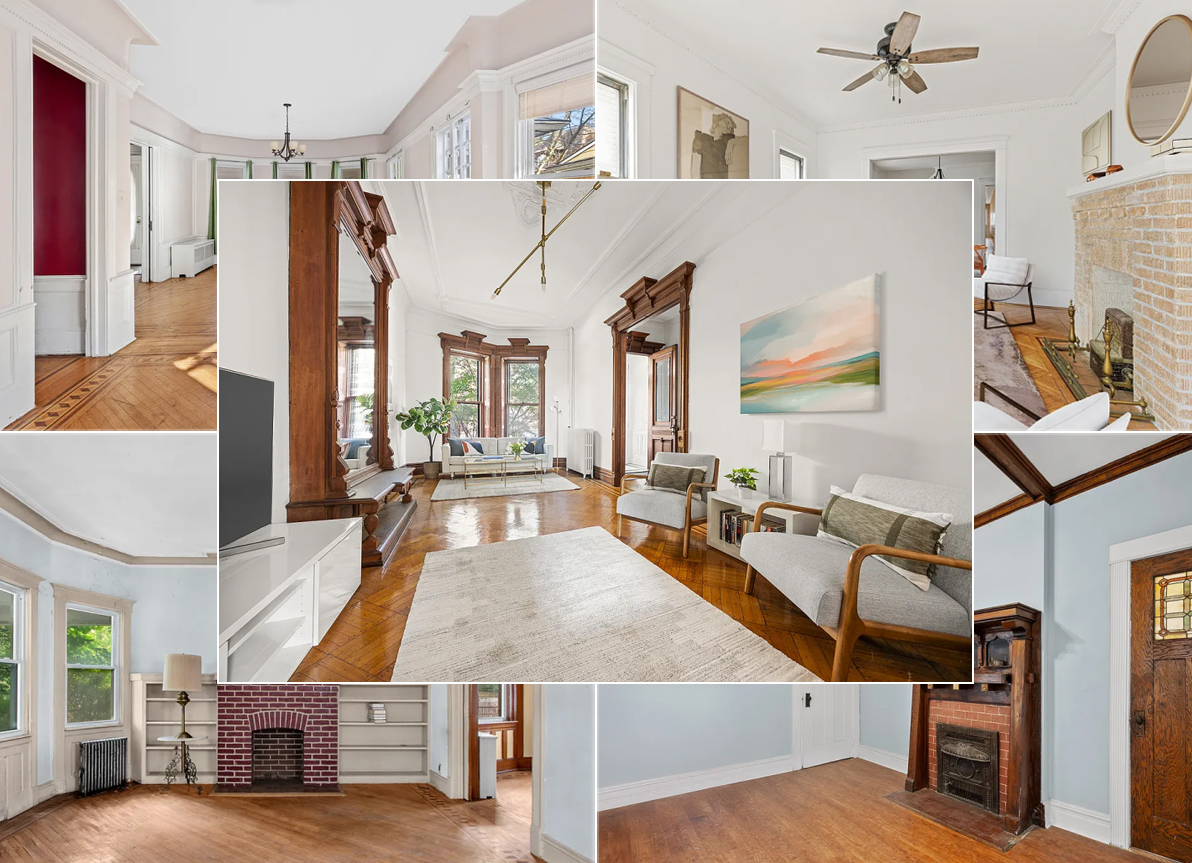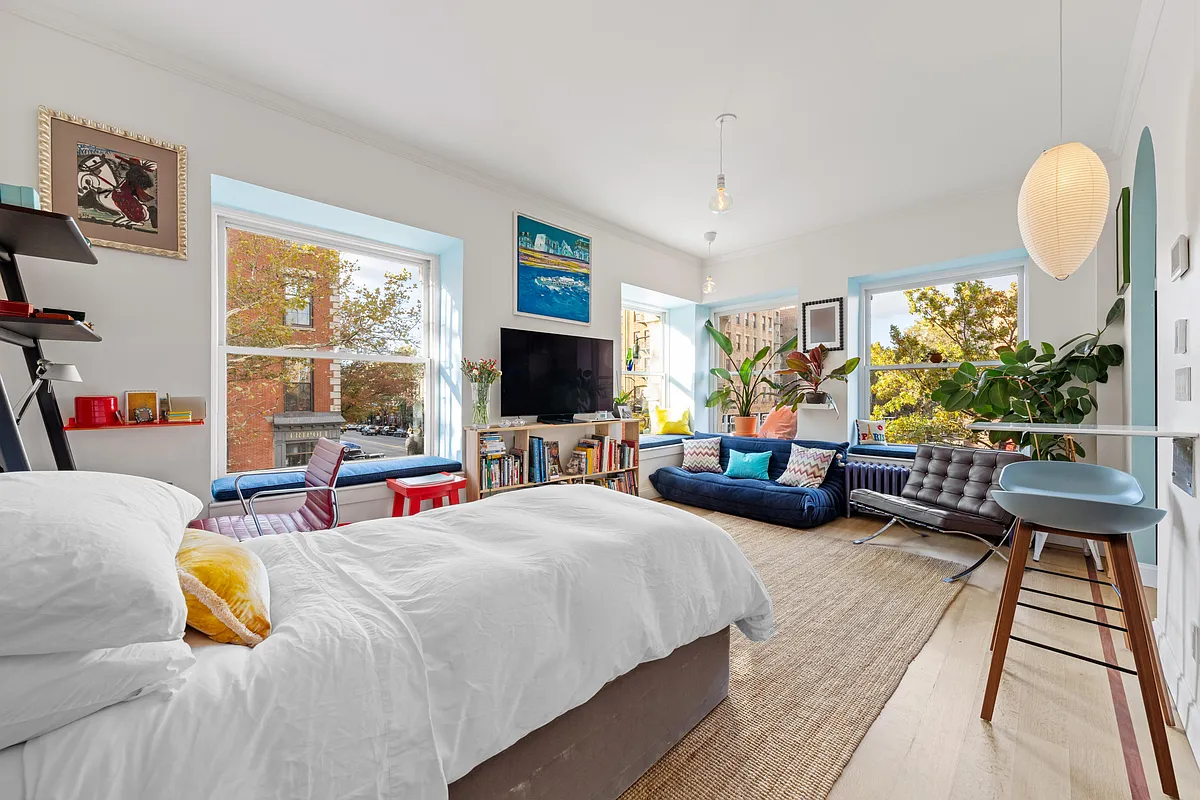This Ain't No Bubble, Says The Times
The Times took a surprisingly un-hyped look at the persistent bubble question this weekend. In the end, we thought the article supported the thesis that the city’s (well, Manhattan’s) real estate market was not crazily out of wack with other economic measures, namely income levels. Actually, the biggest take-away is that medians and averages often…

The Times took a surprisingly un-hyped look at the persistent bubble question this weekend. In the end, we thought the article supported the thesis that the city’s (well, Manhattan’s) real estate market was not crazily out of wack with other economic measures, namely income levels. Actually, the biggest take-away is that medians and averages often tell very different stories. A few highlights:
Flipping is not widespread (unlike some other hot markets like Miami). In fact, only 7 percent of Manhattan apartments turned over more than once in the past two years.
Even when inflation is taken into account, a buyer today is has much higher monthly costs that the buyer of the same unit back in 1989.
After peaking in 1987, prices fell 44 percent before bottoming in the mid-1990s. Although it took until the beginning of the next decade for prices to reach their former highs on an inflation-adjusted basis, by 2005 the median co-op and condo were more than one-third higher than 1987 levels.
A Business360 study found that average wages have increased faster than average housing prices since 1981–though a look at median numbers tells a different story.
There are a lot of new units coming on line in the next year or two, but not enough to create a problem of oversupply.
Reading the Signposts [NY Times]
What's Your Take? Leave a Comment







JoshK,
People who are top earners understand the long-term value of ownership. Home ownership provides a level of diversification, as they often also have significant stock holdings.
Anon at 11:00am,
I fail to see how housing type is relevant to prices in the boroughs. In certain suburbs in Westchester, Conn., and N.J. even modest single family homes can go for over $1MM. Single-family homes in the Victorian Flatbush nabes are now routinely going for +$1MM.
Anon at 10:54, I never id’d NYC as just Manhattan, for the record. I simply distinguished it for real estate purposes, although someone made a good point that there are affordable areas in NYC, which I had not really thought of. I was really making the point that the types of homes available are often very different – for example, Staten Island looks more like a suburb in most parts, with a lot of single family homes. Many areas of Queens are the same. Manhattan has a lot more condos and co-ops (I know that there are many townhouses in Manhattan, but are those affordable really?)
But are the affordable areas of Manhattan, like Washington Heights, becoming as gentrified as certain areas of Brooklyn? It doesn’t seem so, and I wonder why. Could it be that areas in Brooklyn are actually closer in terms of commuting than many of those areas? Is it that Brooklyn architecture is nicer? Just curious.
There is a plausible argument for distinguishing Manhattan real estate from real estate in the other four boroughs, but that is very different from defining NYC as Manhattan, which is just wrong.
I don’t think there is really a debate that certain parts of brownstone brooklyn will hold their value better than other borough neighborhoods that have seen price increases.
One significant point, in my opinion, in the article was the issue of NY City incomes:
“People look at the prices – they’re stratospheric – and they think that that’s a bubble,” said John Marchant, one of the economists who wrote the Business360 study. “But if they looked at what people are earning in New York, they’d think that’s outrageous too.”
I think a lot of people don’t realize the very high salaries and bonuses of those who are buying apartments and brownstones in this market. When a 25 year old straight out of grad school lawyer or banker is earning from 150-200K with bonus, you can imagine what the more mid-level and senior professional are earning (think, easily, 300K a year, and if you have a double income with a partner, you’re getting up there). Not that they can prevent a cool off of the market due to other factors such as rising mortgage rates, but there are a lot of those types of people in the market with a lot of cash. Plus there are the foreign investors in the condo market.
“Would you personally think of the boroughs as the same as Manhattan in terms of real estate…?”
This is a simple-minded comment. As with many people, you are visualizing only certain parts of Manhattan. Washington Heights, Inwood, and parts of Central Harlem are more affordable than Brooklyn Heights, Carroll Gardens, and Park Slope, not to mention parts of Fort Greene and Prospect Heights.
I don’t think comparing ‘apples to oranges’ at all. Certain neighborhoods carry a premium or a discount and definitely many in Manhattan carry the highest premium – but generally prices move up and down throughout region together as the economy of area changes.
I’ve recently met a few self-exiled Manhattanites who fled NYC for the relative safety of cheaper RE in Brooklyn. The ‘spillover effect’ is definitely pushing prices in the BK,BX,QNS and SI. Keep in mind though that Manhattan RE dropped 44% from its 1987 highs. If we get another such downturn, these recently exiled Manhattanites plan on returning to their lands? When that happens who’s going to be left to support prices in these outer boroughs?
There are borough certain nabes, that have generally been catch-basins for Manhattanites seeking more space and family-friendly environments. Park Slope comes to mind. Prices in these ares will track Manhattan prices, since cashing out of Manhattan apartments is the currency used to purchase apartments and brownstones in these areas. Same goes for certain suburbs.
Strong Manhattan prices will generally spillover to the rest of the NYC metro area.